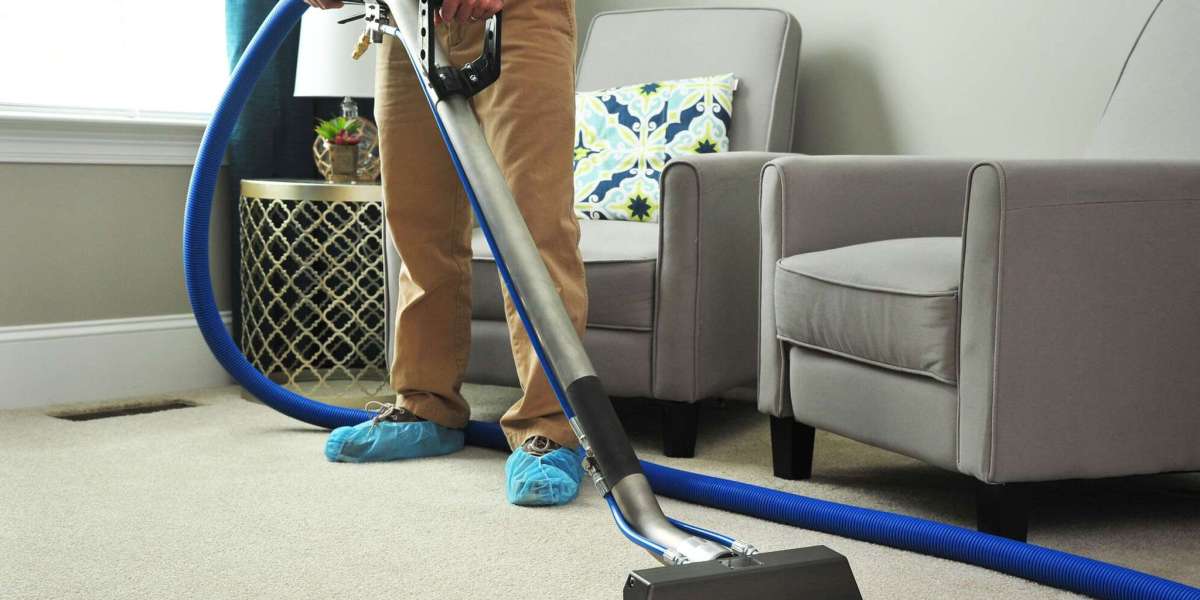Understanding the biological imperative behind scratching transforms how we view cat scratcher posts—they're not optional accessories but essential furniture for feline health and happiness. Scratching serves multiple critical functions that affect your cat's physical and emotional wellbeing. When cats lack appropriate scratching surfaces, they experience frustration and stress while your furniture pays the price.
The Biology Behind Scratching Behavior
Cats scratch to maintain claw health by removing old, worn outer sheaths, revealing sharp, healthy claws underneath. This natural grooming process prevents claws from becoming overgrown, ingrown, or uncomfortable. Without regular scratching, cats may develop painful claw conditions requiring veterinary intervention.
Territory marking represents another crucial scratching function. Cats possess scent glands in their paw pads that deposit pheromones during scratching. These chemical markers communicate territorial boundaries to other cats while creating familiar, reassuring scent environments that reduce anxiety.
Scratching also provides essential stretching exercise. The full-body extension cats employ during vertical scratching stretches muscles along their spine, shoulders, and legs. This movement maintains flexibility, supports circulation, and feels instinctively satisfying—similar to how humans stretch after waking.
Anatomy of the Perfect Cat Scratcher Post
Height Requirements
Height critically determines scratcher effectiveness. Adult cats need posts tall enough for complete body extension—typically 28-32 inches minimum. Shorter posts prevent full stretching, reducing appeal and benefits. Kittens manage with shorter posts initially, but anticipate growth by investing in appropriately tall options from the start.
Some cats prefer even taller posts, especially larger breeds like Maine Coons or Norwegian Forest Cats. If space permits, opt for taller options—cats never complain about excessive height, but routinely reject inadequate posts.
Stability Essentials
Cats won't use wobbly posts. Unstable scratchers frighten cats during use, creating negative associations that prevent future engagement. The base must provide rock-solid stability even during vigorous scratching.
Freestanding posts need wide, heavy bases—typically 16-20 inches square or circular for
standard-height posts. Heavier bases (15+ pounds) provide better stability than lightweight options. Some manufacturers use weighted bases or recommend adding weight for enhanced stability.
Wall-mounted posts eliminate wobble concerns entirely when properly installed. Secure them directly into wall studs using heavy-duty hardware. Wall mounting also saves floor space—a significant advantage in apartments or smaller homes.
Material Considerations
Sisal Rope vs. Sisal Fabric
Sisal represents the gold standard for cat scratcher post coverings. This natural fiber provides ideal resistance and texture that cats instinctively prefer. Two sisal varieties dominate the market: rope and fabric.
Sisal rope wraps around posts in visible coils. Cats enjoy the textured ridges between rope layers, and the material withstands thousands of scratching sessions. Quality matters significantly—tightly wound, thick rope (3/8 to 1/2 inch diameter) lasts far longer than loosely wrapped thin varieties.
Sisal fabric (woven sisal) covers posts in smooth sheets. Many cats prefer fabric's consistency over rope's ridged texture. Fabric typically lasts longer than rope because there are no gaps between coils where claws might catch and unravel material.
Try both types if possible individual cat preferences vary significantly. Some cats exclusively prefer rope, others favor fabric, while many happily use either.
Carpet Covered Posts
Carpet-covered posts work for some cats but present potential issues. If your home has carpeted floors, carpet-covered scratchers may inadvertently teach cats that all carpet is acceptable for scratching. This unintended lesson can backfire when cats apply it to your carpeted stairs or rooms.








